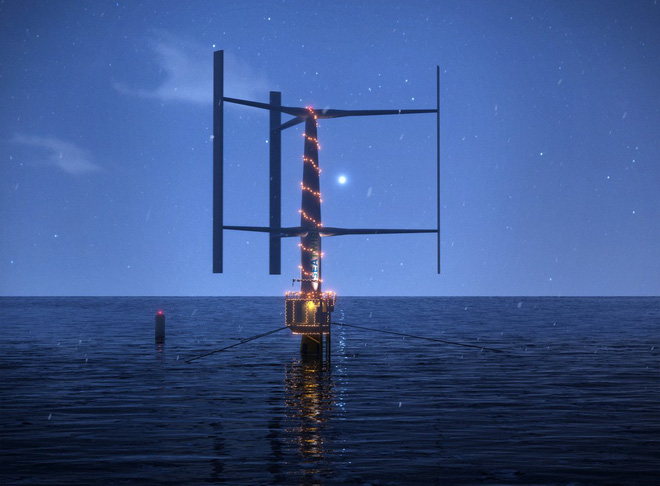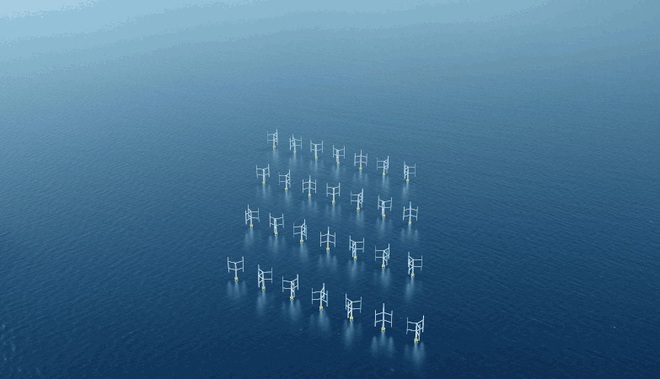This will be the “new normal” for wind farms.
Pinwheel wind turbines may soon be replaced by more efficient systems: high efficiency cluster vertical wind turbines.
New research from Oxford Brookes University shows that on large wind farms, designing a vertical turbine operating in pairs results in a 15% increase in power generation efficiency. The Engineering, Computing and Mathematics (ECM) team, led by Professor Iakovos Tzanakis, has been studying the turbine model in simulated environments for more than 11,500 hours to draw new conclusions.
They found that the vertical axis wind turbine (VAWT) was much more efficient than traditional wind turbines, the horizontal axis wind turbine (HAWT). The VAWT revolves around a vertical shaft above the ground, and the turbines increase efficiency when mounted in a mesh system. Just as important as the giant windmill itself is the location of each turbine on a wind farm.
“This study is proof that the wind farms of the future must be vertical,” said Professor Tzanakis. VEWTs can be close to each other, increase efficiency for each other, and ultimately help reduce electricity costs. In the long term, VAWTs can help accelerate the transition to green energy ”.
According to the World Wind Energy Report 2021, we need to triple the speed of installation of wind farms over the next decade to meet our carbon neutrality goals and reduce the damage caused by climate change.
“Modern wind farms are one of the most efficient ways to generate clean electricity available to us, but they have a major design flaw: when the wind hits the first row of turbines, air turbulence occur. They damage the performance of the rear turbines, ”said lead author Joachim Toftegaard Hansen, lead author of the report.
The new research from the University of Oxford Brookes is the first detailed analysis of wind turbine performance, taking into account aspects such as wind intake angle, direction of turbine rotation, turbine position and the optimal number of rotors. It is also the first scientific report to demonstrate the efficiency of a systematically placed VEWT turbine.



